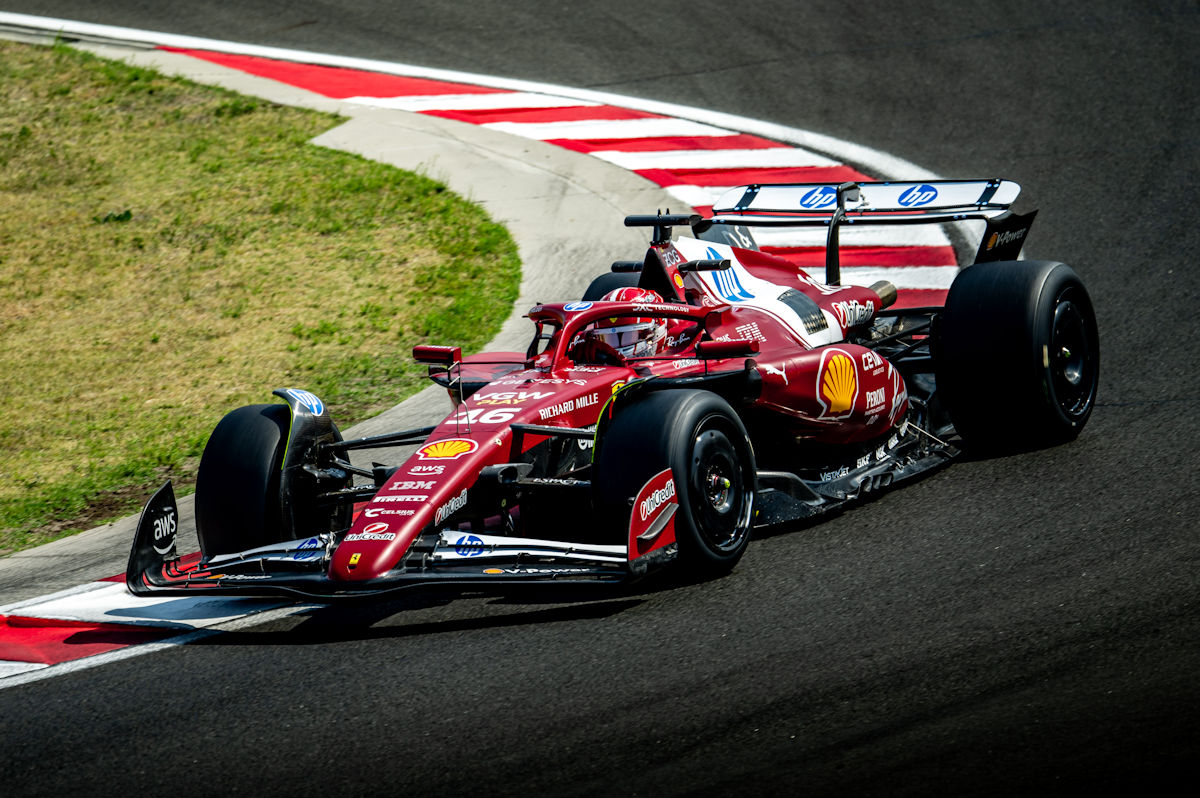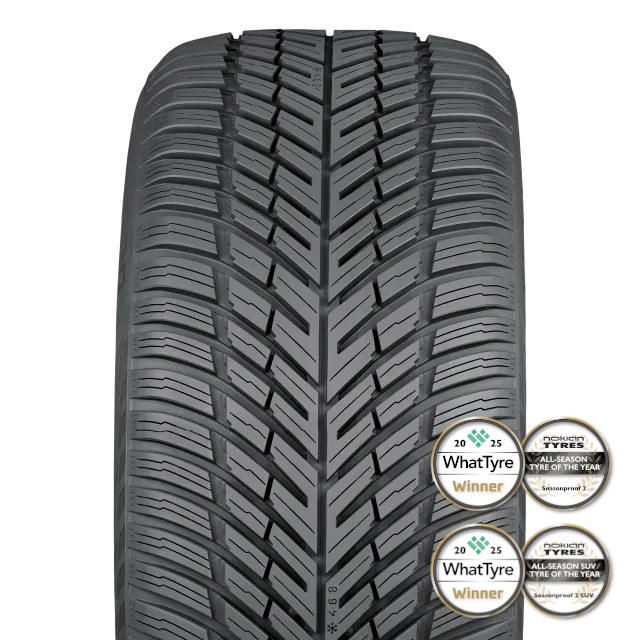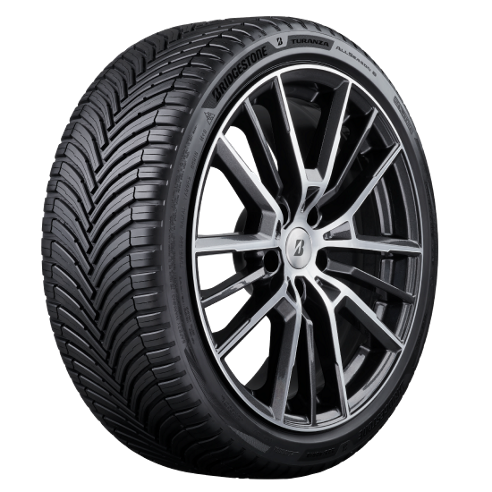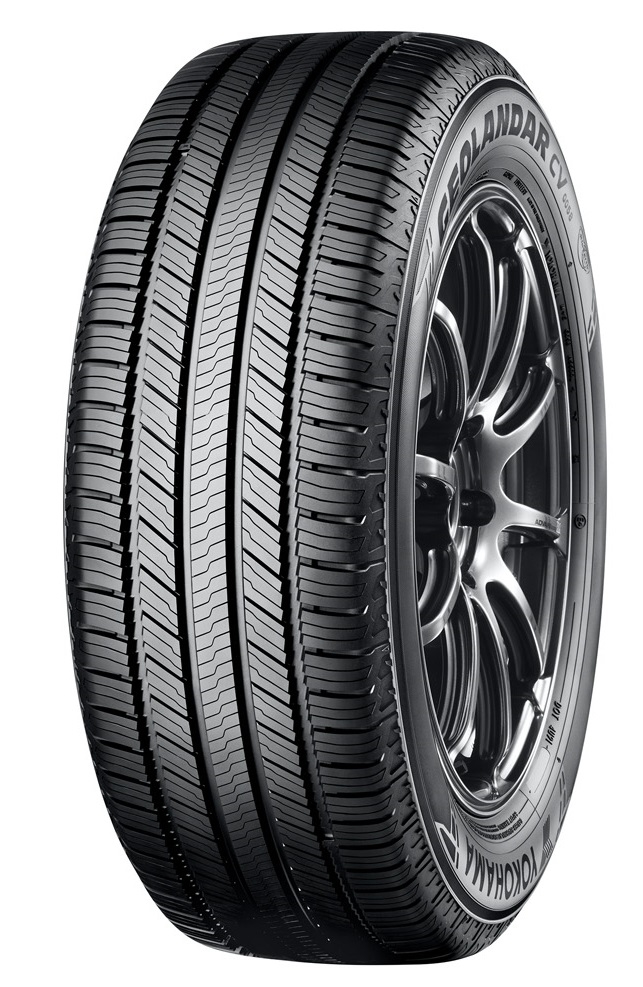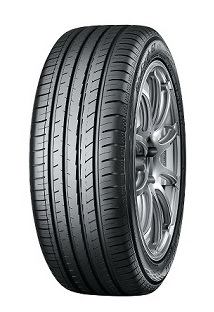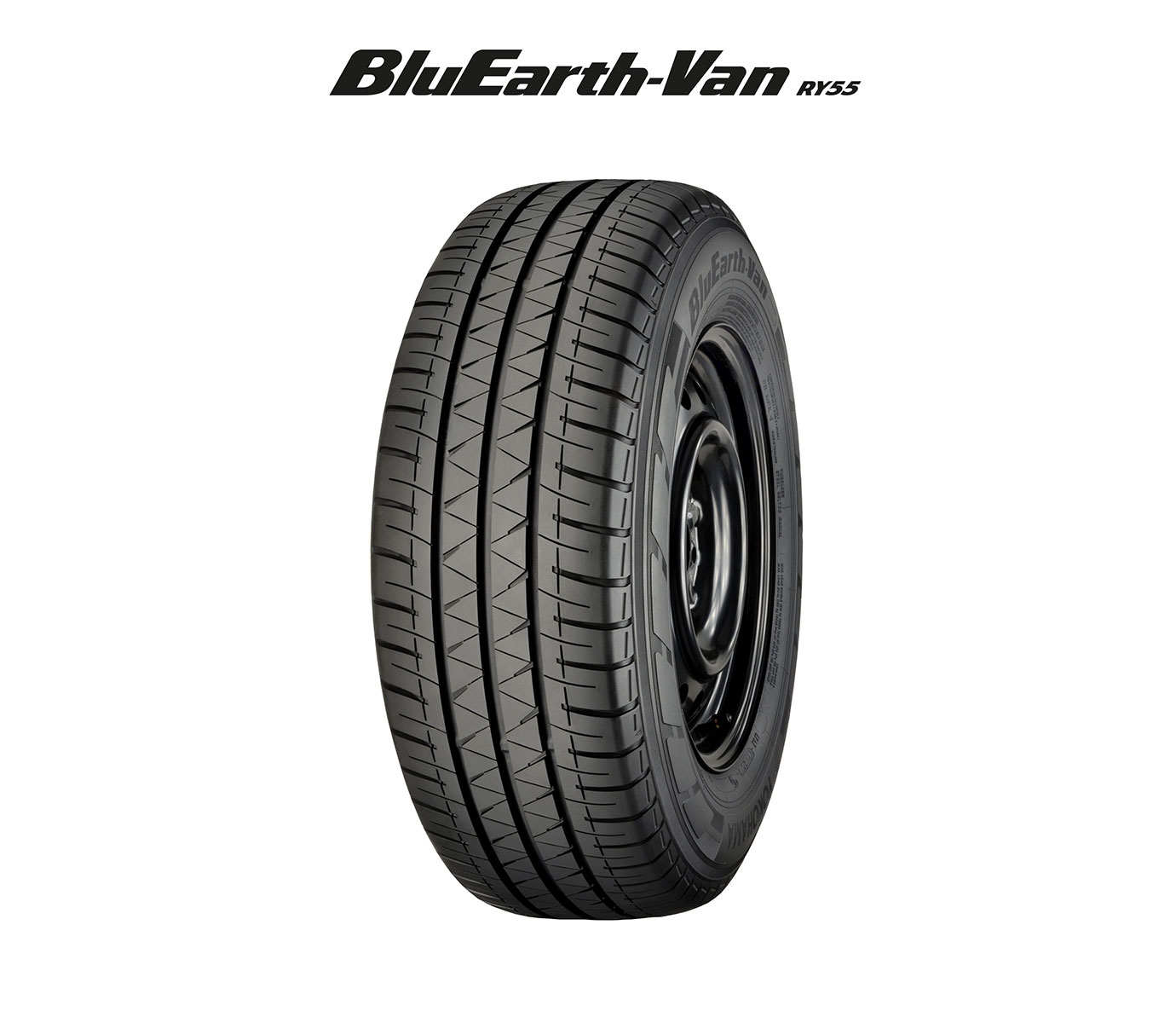Pirelli conducted the second and final day of 2026 Formula 1 tyre development tests at the Hungaroring yesterday, with Alpine and Scuderia Ferrari supporting this work. The testing programme ran along similar lines to the previous day, and it was hot again in Budapest – air temperatures ranged between 21 and 29 °C and track temperatures reached 53 °C. The tyre maker has finalised its tyre construction for next year and now has just three test sessions for compound development in the run-up to 2026.
During the morning, Franco Colapinto for the French team and Charles Leclerc for the Italians undertook short distance comparisons of different prototype compounds (from C3 to C5) to check their level of overall performance. The plan for the afternoon was a focus on longer runs to check compound performance over greater distances; this testing also covered a C2 compound.
Each team took to the track with a mule car based upon the chassis used this season but adapted to fit 2026 F1 tyre sizes – still with an 18-inch rim diameter but 25 mm narrower at the front and 30 mm narrower at the rear. Unfortunately, Pirelli could only partially complete the programme as Colapinto parted ways with the circuit early in the morning session, forcing Alpine to interrupt its testing. Damage to the car meant he was unable to return to the track before the end of the session.
Up to that moment the Argentine driver had completed 25 laps, his fastest time being 1’20”270. By contrast, Leclerc was able to complete a full programme, ending the day with a total of 144 laps and a fastest time of 1’19’’407.
Two useful days
“These have been two useful days for making progress with the development of our compounds for next season, given that we are now entering the home straight,” says Mario Isola, the head of Pirelli Motorsport. “The Hungaroring is a demanding track due to its many slow curves and the amount of energy that goes into the tyres on a lap that is rather short. This makes it a challenging place to test tyres, in particular for the compounds that will be central to the 2026 range – which will go from C1 to C6 like this year.
“We have collected a lot of data, although it was a pity that we lost some of our potential mileage today when Colapinto went off the track, even though this was not in any way linked to the tyres,” Isola adds. “As for construction, we have verified our final solutions as far as homologation is concerned, ahead of the regulations coming on September 1. By contrast we now have three further test sessions – in Monza, Mugello and Mexico City – to conclude the development of the compounds, whose homologation is due on December 15.”

